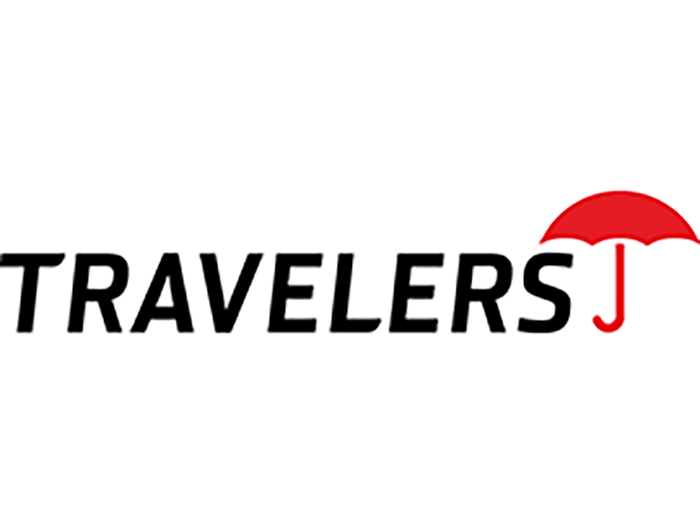Workers’ Compensation PBMs: What They Do and What to Look For

Pharmacy benefit managers (PBMs) have faced a lot of scrutiny recently — both from the news media and from legislators — regarding their role in consumer drug pricing. Often referred to as the “middlemen” in the pharmacy supply chain, PBMs are sometimes perceived as adding an unnecessary layer between payers and patients, elevating the costs of prescription medications.
But the role that PBMs play encompasses much more than price negotiations, and much of that criticism (justified or not) applies to pharmacy benefits management in the group health plan arena, not to workers’ compensation.
There are some important differences in how pharmacy benefits are managed in workers’ compensation, which is a small and quite specialized segment of the pharmaceutical market.
One key difference is that pharmacy costs in workers’ compensation in many jurisdictions have been going down, not up, largely due to effective utilization and clinical management.
“There are many nuances to managing pharmacy programs in workers’ comp, as compared to group health plans,” said Silvia Sacalis, VP, clinical services for Healthesystems. “From a clinical, business and regulatory perspective, we have our own unique challenges and advantages.”
PBMs play an important role in managing medical care and costs for injured workers, and payers should consider the full scope of what they do — and how they do it — when selecting the right partner to manage their pharmacy program. This has become especially important in today’s health care environment, which is more dynamic than ever.
“The volume of consolidation activity among payers, providers and PBMs has changed the landscape,” said Matt Hewitt, SVP of operations at Healthesystems. “This has led to fewer vendors available to manage workers’ compensation pharmacy programs, particularly those who specialize in and understand the nuances of the workers’ comp industry.”
With this in mind, the time may be ripe to consider what matters most for effective prescription drug management in workers’ compensation.
1) Clinical Management

Silvia Sacalis, VP, clinical services, Healthesystems
“Managing medical care for injured workers has become more complex and demanding,” Sacalis said. “Comorbidities, psychosocial issues and mental health concerns are impacting worker health and can lead to an overreliance on potentially harmful medications, further complicating claims.”
These complex claims often drive a disproportionate share of pharmacy costs, which can often be avoided through rigorous clinical management strategies that include strategic program design, automated decision support that empowers the claims professionals who manage authorizations, and clinical outreach and intervention programs.
“Clinical management is the most important thing that we do from the perspective of safety and injured worker health and improved functional restoration, and it is also a crucial component of managing utilization and costs,” Sacalis said. “Pharmacists who understand the types of injuries and illnesses that occur in different workers’ comp populations and consult closely with their payer customers are the starting point.”
Other essential aspects of clinical management, according to Sacalis, include risk monitoring and alerts; timely intervention and outreach services; educational resources for claims teams; and integrated clinical intelligence that is operationalized within automated rules, workflow decision support and guidance through relevant and accessible reports.
2) Pharmacy Network Penetration Strategies

Matt Hewitt, SVP of operations, Healthesystems
Out-of-network activity drives up costs and can compromise care for injured workers.
“The best way to minimize out-of-network activity is to proactively get in front of it,” said Hewitt. “This means making it easy to use network pharmacies and quickly converting any out-of-network bills. Most important, a good pharmacy management program will include strategies to ensure therapeutic appropriateness for the injured worker, in addition to containing costs for payers.”
Sacalis elaborated on this point. “Therapeutic appropriateness is an area of clinical management that impacts both worker health and payers’ costs,” she explained. “A good example is dermatological agents, which are not FDA-approved but are currently driving a significant portion of workers’ compensation drug spend and are almost exclusively physician-dispensed. By employing intervention strategies on grounds of therapeutic inappropriateness, we also discourage physician dispensing and drive prescriptions in network.”
A network of credentialed pharmacies — including mail-order and specialty — that can serve the specific needs of your worker population is another key component of a good network penetration strategy, as is an automated prior-authorization process to speed transactions for patients and pharmacists.
A First Fill program, meanwhile, can help to ensure injured worker patients can get the medications they need. Retrospective application of the same set of adjudication rules and edits used for in-network authorizations and the ability to capture additional, negotiated discounts on out-of-network bills round out a robust network strategy.
3) Expertise & Service
The less than 2% of health care costs that derive from workers’ comp can easily take a back seat to the much larger business of group health plans within the consolidated PBM model.
“This environment can dilute focus and compromise service for workers’ comp payers,” said Hewitt. “Bringing together the regulatory, clinical and technical requirements of workers’ comp payers calls for special expertise and a high level of personal service.”
Service begins at the onset with experienced professionals who can plan and execute a smooth implementation, and it should carry through to every aspect of an ongoing pharmacy program — including demonstrated regulatory compliance and updating; round-the-clock collaborative and consultative leadership, account management and clinical teams; and the support of client-specific processes with the flexibility to customize your program as needed.
4) Transparency
Transparency has become a buzzword in the conversation about PBMs and pharmaceutical prices, and payers have good reasons for wanting to understand how pricing is determined. But is pricing all there is to transparency?
“Transparency is essential to understanding the economic drivers within a pharmacy program,” said Hewitt. “And full transparency is about more than just rebates. Formulary design, drug category designations and program performance are all areas where visibility matters.”
Drug categories — including brand, generic and specialty — can vary depending on who is doing the designating. The criteria used in selecting medications for a drug formulary can also be subjective and should be shared and agreed upon by payers and their PBMs. It’s also worth noting that there are other performance measures that could be better indicators of appropriate utilization and cost.
“It’s all about doing what’s right for the customer and the injured worker patient,” said Sacalis. “If that is your guiding principle, transparency naturally follows.”
5) Effective and Secure Technology
Claims staff face tremendous workloads with ever-increasing challenges, and they need solutions that reduce their burden and provide effective clinical and cost-saving guidance. Decreasing manual work with automated intelligence and making relevant information easy to find and use saves valuable time for busy claims professionals.
“The right solution can save time, reduce errors and provide important insights, ultimately leading to better health outcomes for injured workers and better program results for payers,” said Hewitt.
Technology should be easy to use, and automated workflows should be guided by clinical intelligence and customized for your organization’s specific processes. It’s also important for claims professionals to receive right-time clinical guidance to inform their therapeutic decisions. And anything that makes it easier for claims staff to exchange information with providers, patients and vendors will save time.
Most importantly, documented and certified application security is essential to protect patient and company data from cyberattacks.
6) Meaningful Analytics and Reports
We can all agree there is no shortage of data in workers’ compensation health care. The fragmented health care system collects — but isolates — reams of information, often obscuring what is relevant. “Meaningful” is the keyword here, and the surest test of a PBM’s analytics capabilities.
“Data is not sufficient. You need quality data in a digestible format that provides insights and promotes action,” said Sacalis. “Look for workers’ comp-specific medical information that is relevant and easy to understand quickly.”
Advanced data processing, including AI and machine learning, help to drive automation and route relevant information where it’s needed. But don’t overlook the value of consumable, intuitive reports and dashboards that can provide program-wide information to inform strategies and support organizational goals.
Negotiating prices is a service that PBMs provide, and it’s an important one. But price is only one component of a full range of services that PBMs use to drive down costs and improve outcomes for workers’ compensation payers and their injured workers. &








